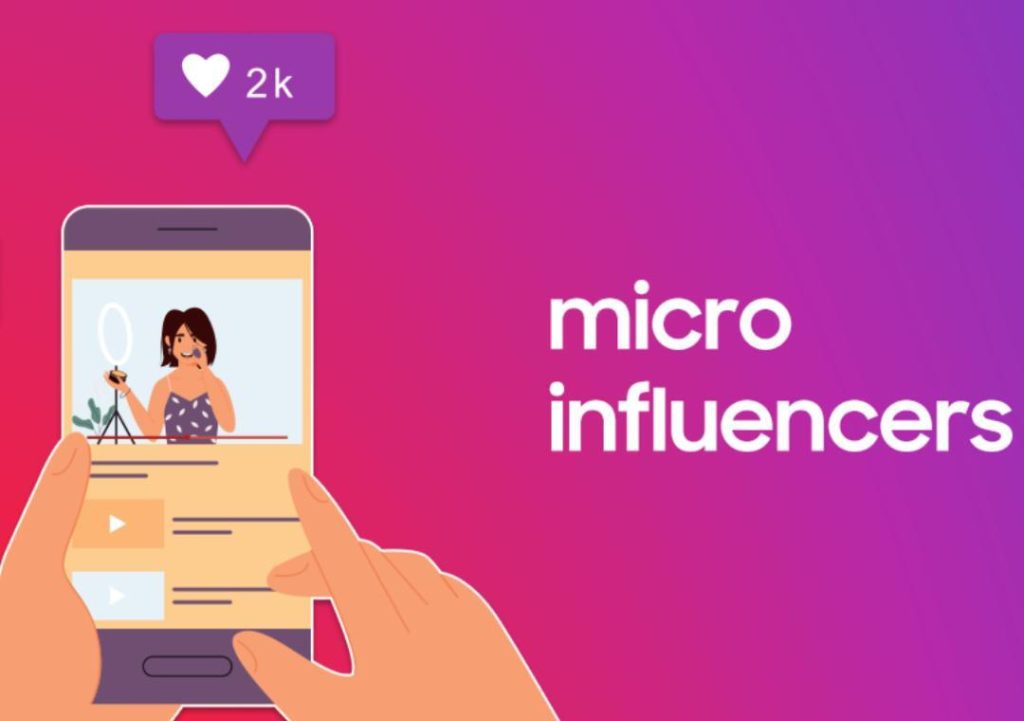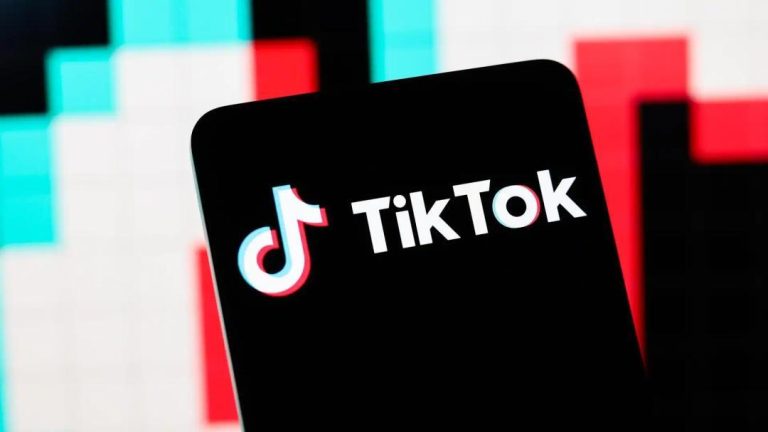
Micro-influencers Drive Higher ROI with Loyal, Trusted Followings
In the world of influencer marketing, it’s often assumed that bigger is better. Celebrities with millions of followers are often sought after by brands, hoping to tap into their massive audience and increase their reach. However, recent studies have shown that micro-influencers with smaller, loyal followings often outperform mega-celebrities in engagement. In the fashion industry, this trend is particularly prevalent, with micro-influencers driving higher ROI and achieving greater success for brands.
So, what sets micro-influencers apart from their celebrity counterparts? For starters, their relatability is a major factor. Unlike celebrities, who are often unattainable and untouchable, micro-influencers are everyday people who have built their followings through hard work and dedication. This relatability fosters trust, making fashion recommendations feel authentic rather than paid promotions.
In contrast, celebrity endorsements can often feel forced and insincere. The disconnect between the celebrity’s personal style and the brand they’re promoting can be jarring, leading to a lack of engagement and a low ROI. Micro-influencers, on the other hand, have built their reputation on their passion for fashion, making their recommendations feel authentic and trustworthy.
Another key advantage of micro-influencers is their level of engagement. While celebrities may have millions of followers, their engagement rates are often much lower. Micro-influencers, with their smaller but more dedicated followings, tend to have much higher engagement rates. This means that their sponsored posts and recommendations are more likely to be seen and acted upon by their audience.
In the fashion industry, this can be particularly important. Fashion is all about staying on-trend and looking good, and consumers are often looking for advice and inspiration from influencers who understand their needs and wants. Micro-influencers, with their focus on niche areas of fashion, are often better equipped to provide this kind of advice and guidance.
For example, a micro-influencer who specializes in plus-size fashion may have a small but dedicated following of women who are looking for fashion advice and inspiration. By partnering with this micro-influencer, a brand can reach a highly engaged and targeted audience that is more likely to respond to their message.
In addition to their engagement rates, micro-influencers also tend to be more affordable than celebrities. While a celebrity endorsement can cost millions of dollars, partnering with a micro-influencer can be a more budget-friendly option. This makes it possible for smaller brands to get involved in influencer marketing, even if they don’t have the budget to partner with a celebrity.
Finally, micro-influencers are often more flexible and easy to work with than celebrities. They may not have a team of agents and publicists to navigate, and they may be more willing to collaborate and brainstorm ideas with a brand. This can make the partnership process easier and more enjoyable, and can help to ensure that the final product is something that both parties are happy with.
In conclusion, micro-influencers are a powerful force in the fashion industry, offering a level of engagement and trust that can be difficult to find with celebrity endorsements. By partnering with micro-influencers, brands can reach a highly engaged and targeted audience, increase their ROI, and achieve greater success in the fashion industry.
Source: https://www.growthjockey.com/blogs/influencer-marketing-in-fashion






